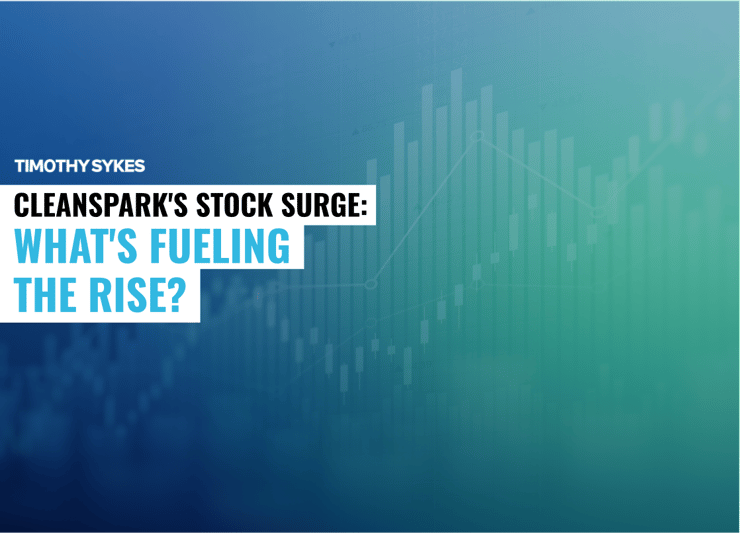Intel Corporation’s stock was rattled by the announcement of a major chip delay, likely contributing to its trading down by -3.96 percent on Tuesday.
Market Movements
- A minor 3.6% drop was observed in tech stocks due to Intel’s recent announcement regarding board member retirements that aim to align expertise more closely with business goals.
- Export restrictions targeting key clients may potentially impact Intel’s business and sales, intensifying the pressure on the company.
- Speculation about Nvidia’s lack of participation in Intel’s suggested joint venture has created uncertainties surrounding Intel’s strategic plans.
Live Update At 14:33:29 EST: On Tuesday, April 01, 2025 Intel Corporation stock [NASDAQ: INTC] is trending down by -3.96%! Discover the key drivers behind this movement as well as our expert analysis in the detailed breakdown below.
A Peek Into Intel’s Financial Report
The world of trading is constantly evolving, requiring traders to stay informed and agile. As millionaire penny stock trader and teacher Tim Sykes, says, “You must adapt to the market; the market will not adapt to you.” This principle is crucial, as traders must continuously assess market conditions and pivot their strategies accordingly. By doing so, they increase their chances of success and can capitalize on opportunities that may otherwise pass them by. Understanding this dynamic nature of the market is key to thriving in the fast-paced world of trading.
Intel’s financial landscape painted a picture that left many investors scratching their heads. Despite once being a giant in revenue streams, recent figures showcased a dramatic shift. Our focus first dives into the earnings report, which saw Intel’s total revenue slump to around $53.1B.
However, revenue per share remains stubbornly static at $12.26. Diving deeper, key ratios tell us an alarming story—the gross margin sits at 32.7%, contrasting sharply with the harsh financial environment Intel must navigate; their ebit and profit margin are in the negative, testing even the most steadfast investor.
Interestingly, Intel’s price-to-sales ratio recently stood at an average of 1.85, while the price-to-book ratio clung precariously close to 0.99. These values suggest a market genuinely questioning the value proposition market Intel once held.
The company’s total revenue expectancy isn’t dancing to bright tunes either. With a notable five-year drop, market speculation vacillates wildly. The company’s heavy debt load, expressed with a total debt-to-equity ratio of 0.5, only adds to the ponderous dance between investor wariness and Intel’s optimistic recalibrations.
Financial Health Overview:
When discussing Intel’s restructuring and market reflections, balancing the slightly positive against the underwhelming becomes imperative. Cash equivalents fell dramatically, revealing a precarious runway. Undoubtedly, this becomes a heavy burden if not counteracted effectively.
On a brighter note, some room for optimism remained. Though cash flow from operations maintained some semblance of buoyancy at $3.165B, it was the capital expenditures swallowing chunks of funds. A reflection of strategy and ambition, capital expenditure reached upwards of $5.834B.
More Breaking News
- Is Rocket Companies’ Stock Plunge An Opportunity?
- Sibanye Stillwater Soars: What’s Next?
- Microvast’s Soaring Revenue: Boom or Bubble?
Intel’s aggressive investments in future growth tell tales of hopes pinned higher. Yet, lacking immediate returns draws attention to the shadows of caution cast on these impressive ambitions. The market, it appears, is holding its breath.
Strategy Exploration: Reading Between Partnership Lines
Intel’s strategies implored all to listen—a pantheon of tech leaders, from AMD to Qualcomm, sought alignment with Intel’s foundry operations. A simmering allure to giants like Nvidia makes for titillating boardroom conversation, yet with Nvidia standing firm on their uninvolvement, doubts chipped away at Intel’s future possibilities.
These eligible footsteps paint a tapestry interwoven with hopes and ambitions, yet littered with minefields that those steering the ship must deftly avoid to steer towards a prime market position.
Boardroom Swing: Shuffling for Strategic Focus
In recent developments, Intel experienced dwindling share values following a significant re-calibration maneuver—a calculated reshuffle of its board aimed at sharpening focus towards company goals. CEO Pat Gelsinger played his cards, saying, “Change is the narrative of growth,” yet this resonated unsettlingly with the shade of skepticism among loyal and potential investors alike.
A retired board signals new energy but tests investor patience. Can this strategy carve out new trails for Intel? Market sentiment wavers, casting a skeptical glance upon each boardroom shuffle.
The Global Stage: Tensions and Tariffs
Finally, the pebbles cast by macroeconomic tides ripple across Intel’s journey—US export restrictions seizing numerous operations unnecessarily weigh down Intel’s capacity and market reach. China has begun rallying calls for the deployment of RISC-V chips, only further spotlighting Intel’s journey through the layers of tectonic market shifts.
As this ever-evolving environment continually reshapes itself, Intel must reaffirm its position beyond static specters and boldly journey forward. The CHIPS Act teeters upon the balance beam of political discourse.
Conclusion: Future Forecast and Speculation
As we survey the saga unfolding in Intel’s world, discerning stability amidst uncertainty must be meticulously evaluated. For investors, the whims of the market, strategic board mods, and geopolitical movements all become dots to connect carefully.
Yet, it remains crucial to emphasize understanding these broader narratives rather than sticking to immediate shifts of stock prices. Intel’s strategic chess moves amid recent tech landscapes, when aligned prudently, could prove to be presciently significant.
Final Take
Intel continues to be a tale steeped in perseverance and recalibration. While immediate gains appear dimmer, waiting eagerly within uncertainty are possibly game-changing pivots painting their horizon. As millionaire penny stock trader and teacher Tim Sykes, says, “The goal is not to win every trade but to protect your capital and keep moving forward.” As Intel’s journey continues to unfold, traders remain charged with the act of watching each integrative confluence play its part boldly shaping the stage of tech giants.
This is stock news, not investment advice. Timothy Sykes News delivers real-time stock market news focused on key catalysts driving short-term price movements. Our content is tailored for active traders and investors seeking to capitalize on rapid price fluctuations, particularly in volatile sectors like penny stocks. Readers come to us for detailed coverage on earnings reports, mergers, FDA approvals, new contracts, and unusual trading volumes that can trigger significant short-term price action. Some users utilize our news to explain sudden stock movements, while others rely on it for diligent research into potential investment opportunities.
Dive deeper into the world of trading with Timothy Sykes, renowned for his expertise in penny stocks. Explore his top picks and discover the strategies that have propelled him to success with these articles:
- Penny Stocks Trading Guide
- Best Penny Stocks Under $1 to Buy Today
- Top 8 Penny Stocks to Watch on Robinhood
Once you’ve got some stocks on watch, elevate your trading game with StocksToTrade the ultimate platform for traders. With specialized tools for swing and day trading, StocksToTrade will guide you through the market’s twists and turns.
Dig into StocksToTrade’s watchlists here:








Leave a reply